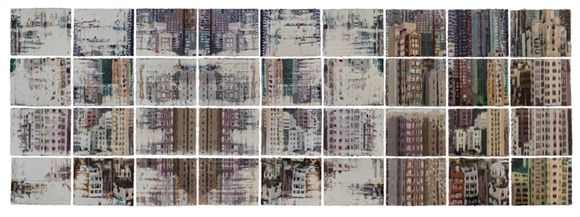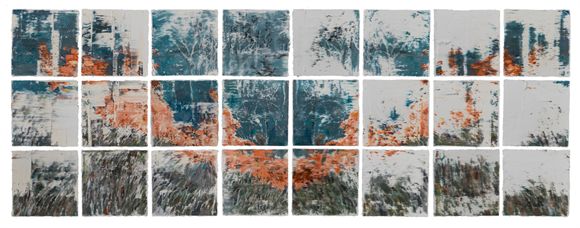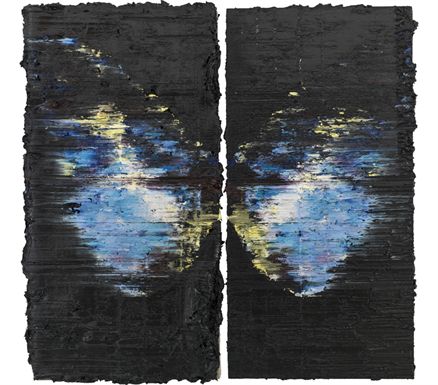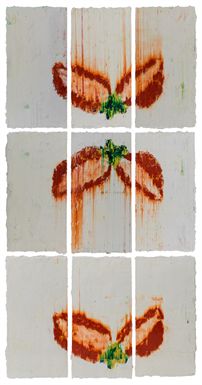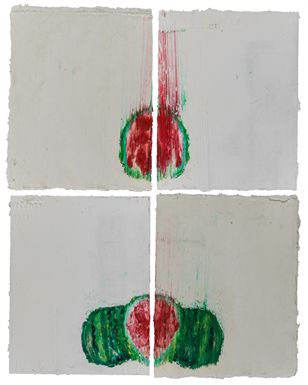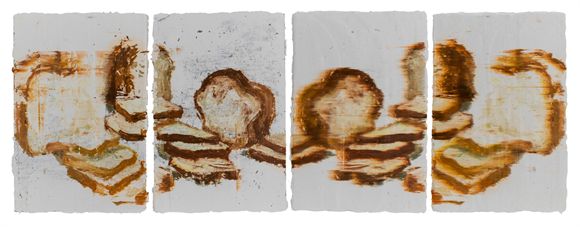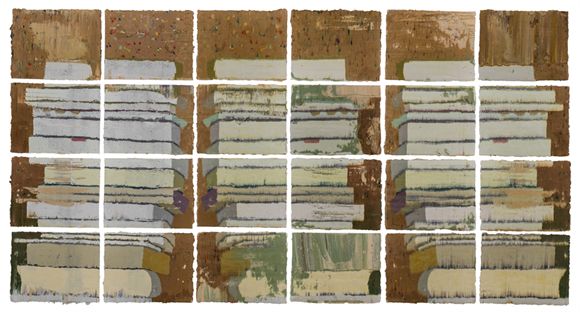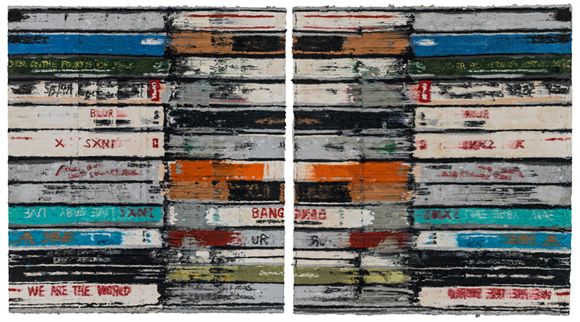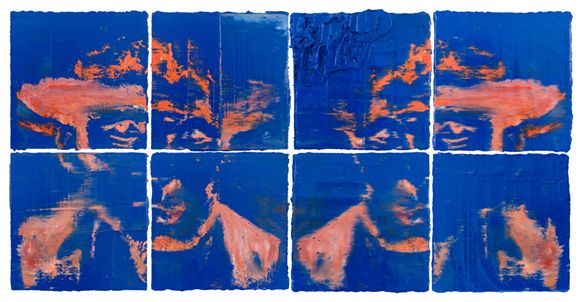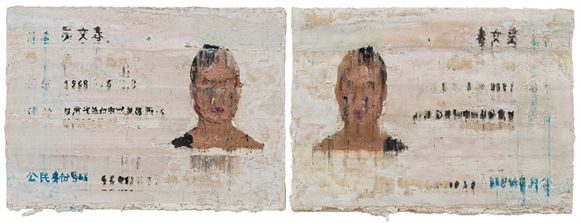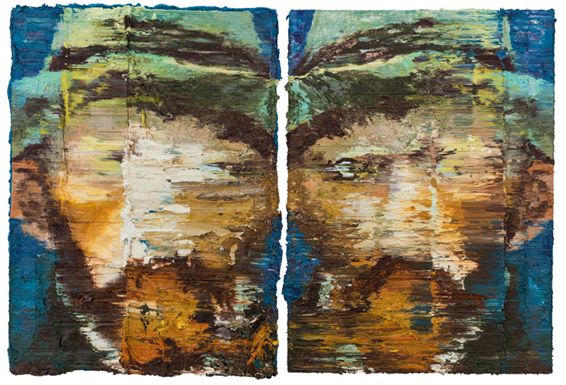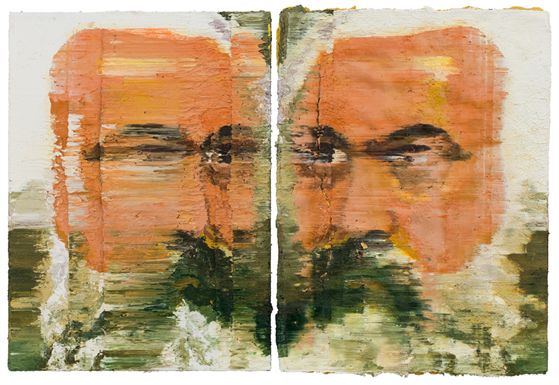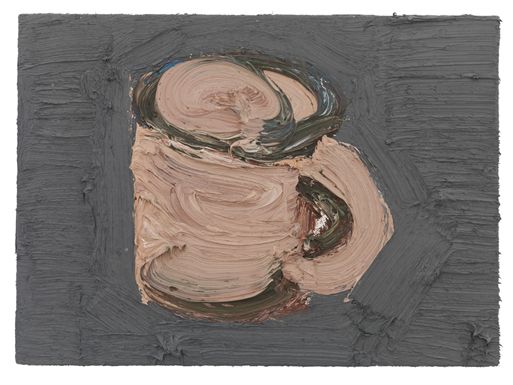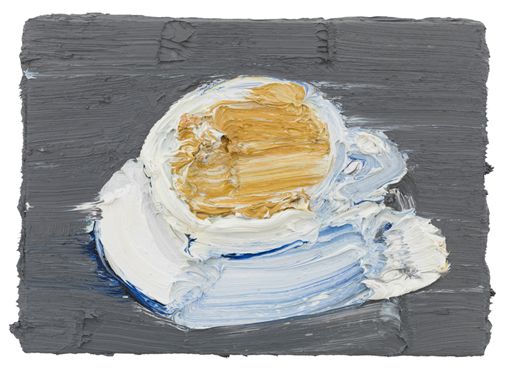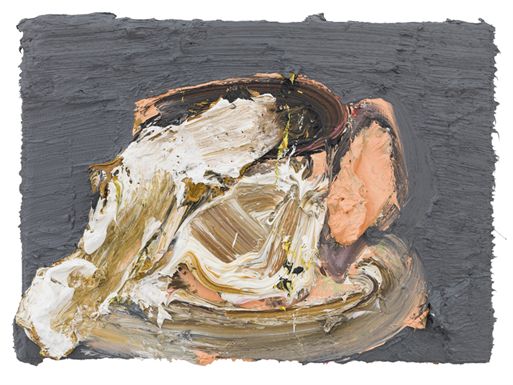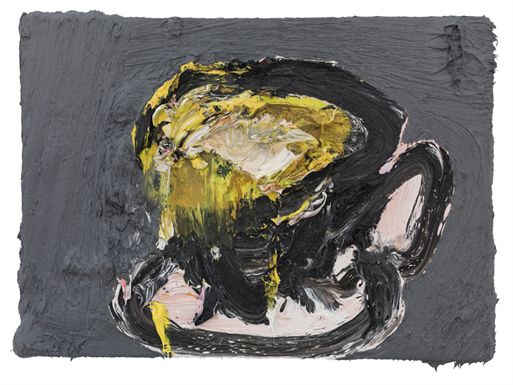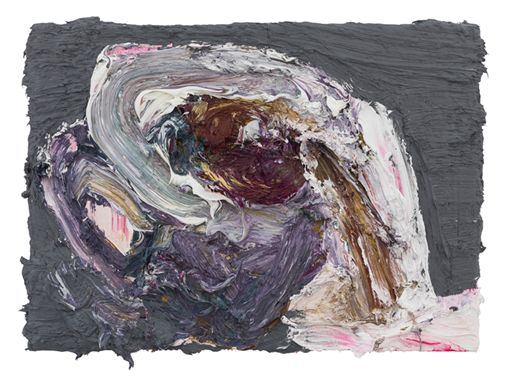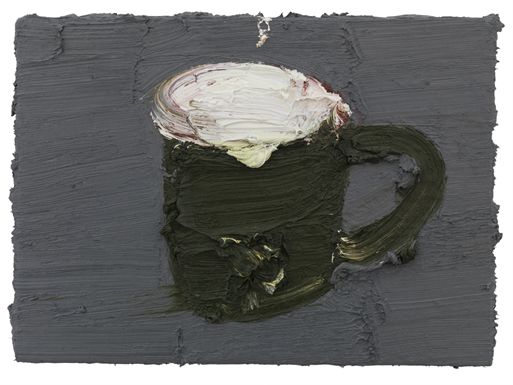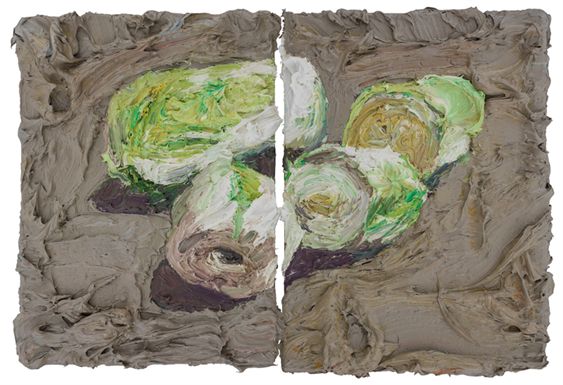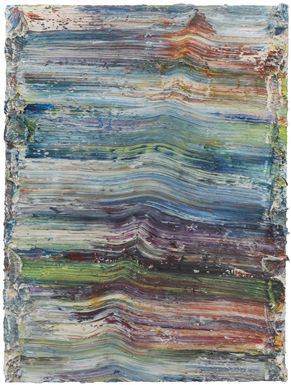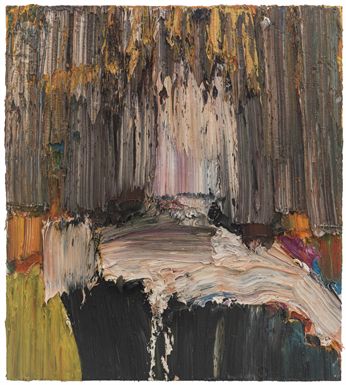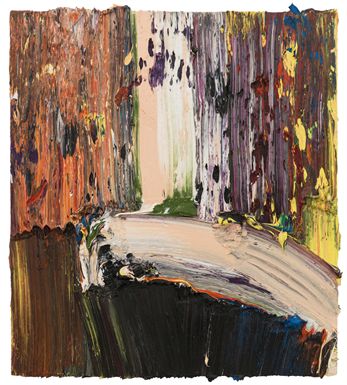Jan 17 - Mar 05, 2015
Press Release
Curator: Huang Du
Present by: Sun Yongzeng
Exhibition Director: Liu Chenya,Cao Maochao
Exhibition Coordinator: Shen Feifei
Organized by: WhiteBox Art Center
WhiteBox Art Center January 17,2015-March 5,2015
“The Counterpart of Paintings”-Wen Wu Solo Exhibition, which is curated by Huang Du, will be held in White Box Art Center in Beijing 798 on January 17, 2015.
What does it mean as talking about “the counterpart of paintings”? The recent pictorial practices of Wen Wu’s could be used as exact examples to illustrate this item. Inspired by various food cutters in daily life, Wen tried to establish an individual dimension about art. He has stumbled across the mechanical effect of food cutters that they transform the patterns of substances when under the subjective manipulations by human beings. Converting the whole into standardized slices, this kind of machine has its compelling powers to deindividualize. Furthermore, it shows how unique an artist is in terms of concepts and styles if applying to the process of painting. For Wen, he made use of the thick trait of pigments as far as possible to depict the figures on canvas with layer upon layer, which creates a form full of sense of sculptures. He then cut the layers of pigments with a DIY cutter to transform the paintings; it “deformed” the figures while “generated” a new one at the same time. In other words, such practice maintained the manipulative proportion of paintings as well as displayed the uncertain elements due to mechanical cutting. Therefore, it can be said that it was Wen who brought about a new dimension of paintings.
The recent works of Wen’s focused on the dialectical relationship between material and spirit; with oils as medium, he first disintegrated the figures and interpreted them and then attempted to extend the meanings among paintings. In his works, paintings are the expression vector not only for symbols but also for the characters of materials.
This is the first solo exhibition in China after Wen’s travelling in Germany. Wen has ever studied at Kunstakademie Düsseldorf and held international solo exhibition and joint exhibition more than once. Moreover, his works have been accessioning in celebrated art museums and collectors in Europe. This exhibition in White Box Art Center may present a number of great pieces of his collection.
Curator Article
Wen Wu, a personal way of Painting
by Huang Du
Wen Wu is interested in the relationship between the literal and the metaphorical power of paint. By depicting everyday objects in thick, coarse layers of pigment, the artist reduces the subject matter to its essence, allowing for immediate recognition to something so specific and yet so general at the same time. By doing so, he also calls attention to the medium. Painting becomes more than a symbolic vessel; it asserts the tangibility of the objects it represents. When one looks at Wen Wu's recent paintings, one is left with an indelible impression.
Today, artists continue to explore unique and innovative methods of creation, hoping to invent a new visual language. In the same vein as Lucio Fontana— who brilliantly expanded the creative possibilities of a two-dimensional painting by taking a blade to it — Wen Wu found inspiration in a food slicer. Observing the manual operation of mechanical food cutters, Wen Wu was fascinated by how they rhythmically and predictably cut food into standardised shapes. When Wen Wu uses this “dehumanising” mechanical method in his paintings, the resulting imagery is compelling, unique and obviously made by an individual — one with an ingenious thought process. Wen Wu begins by adding layer upon layer of pigments, forming a thick, almost sculptural slab. He then uses his self-made cutting device to slice the layers of paint, which becomes displaced and distorts the image. The original image is destroyed, giving way to a new one.
Despite such drastic manipulation,
the chicken
dish is still immediately recognisable. Another unexpected result are peculiar
streaks and blots caused but the displacement of thick paint by the cutting
machine. In the works Conflict (80 x 100 cm, oil on canvas, 2006), Face to Face
(60 x 140 cm, oil on canvas, 2012), Untitled (40 x 110 cm, oil on canvas, 2013)
and ID Card (40 x 110 cm, oil on canvas, 2014), Wen Wu cut the thick layer of paint and
transferred it onto another canvas, creating a rorschach effect. The contrast between
the artist’s
hand and machine becomes apparent. One can see the relationship between
calculation and accident, technology and nature, imagination and reality.
Wen Wu also devotes himself to
abstract painting, which allows him to study the relationship between pure
colours and forms without the constraints of depicting figurative
representation.
In works like in Untitled (100 x 90 cm, oil on canvas, 2014), Rooftop (230 x 200 cm, oil on canvas, 2014) and Rainbow (120 x 90 cm, oil on canvas, 2014), the rich textures and colours give the viewer a very palpable sense of the artist’s presence. One can easily imagine how the artist crushes, cut, scraped, applied and sliced the vivid colour pigments to arrive at this point. Wen Wu's work does not prescribe to any specific theory or doctrine. He is merely interested in challenging universal and societal ideas of how art is made and viewed.

